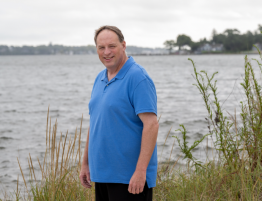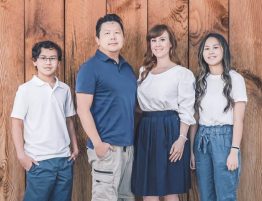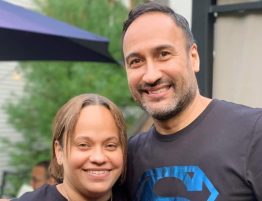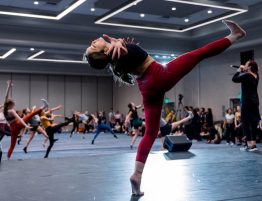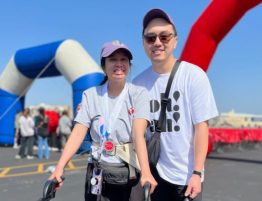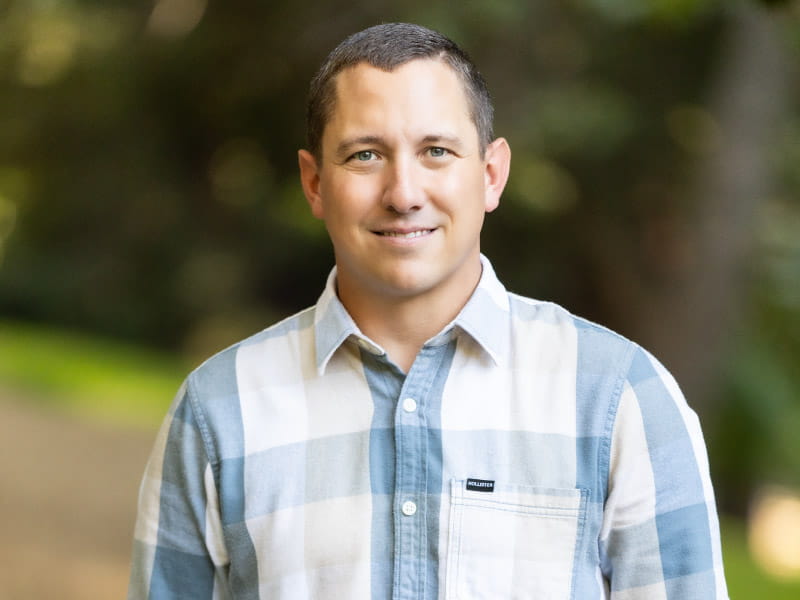
On his way to the golf course one day last July, Nick Reed couldn’t get cool.
He figured it had to do with the heat advisory in place. Still, the air conditioning blasting inside his pickup truck should’ve helped.
By the time he arrived at the first tee, Reed felt a little dizzy. He had tunnel vision. He chalked it up to dehydration and started chugging water.
The first four holes went surprisingly well. On the fifth, he nearly made a hole-in-one. Then he fainted.
As his buddies gathered around him, Nick insisted, “I’m good, I’m good.” But he was too dizzy to walk.
His friends took him back to the clubhouse. Nick’s equilibrium was so off that he had to crawl into the building.
Someone gave him water and a sandwich. After one bite, he started vomiting.
His head was pounding. He’d had migraines before, but this was significantly worse. An intense pressure built in the back of his head.
“This isn’t getting better,” he said. “Let’s call 911.”
They called for an ambulance and alerted his wife, Rachel. What really scared her was the fact that Nick, who was not one to ask for help, had requested the ambulance.
At the hospital, he was given an IV for hydration. A CT scan showed no issues. Although 38-year-old Nick was still in pain and dizzy, Rachel took him back to their home in Glendale, California, 12 hours later.
Nick was in so much pain he couldn’t sleep. Rachel had never seen him so uncomfortable.
“I think we need to go to the ER again,” she told him. He insisted on toughing it out.
The next morning, his head continued to pound and he had extreme vertigo. He went to urgent care. A doctor didn’t seem to think it was anything serious. He gave Nick pain medication and sent him home.
That afternoon, Rachel noticed Nick’s chest heaving. He was struggling to breathe.
She called 911. Paramedics took him to a hospital that had a comprehensive stroke center, which has more specialized staff and treatment options.
After he received a CT scan, a doctor rushed into the waiting room to talk to Rachel. She told her that Nick either had a massive stroke or a very large tumor. He needed surgery immediately.
A nurse told Rachel, “You should have someone with you and prepare yourself, because he might not make it.”
Inside Nick’s brain, doctors found not only a clot, but a buildup of fluid caused by the blockage. His brain also was swollen, mostly around the cerebellum, the part of the brain that controls balance and equilibrium.
When Nick woke up two days later, the first thing he did was wiggle his feet. He waved to Rachel when she came in to see him. Nurses asked her to go to the waiting room while they performed a brain function test.
She felt sick to her stomach with fear. Then they returned with the test results: “It looks like he’s going to make a full recovery.”
That afternoon, with a tube for breathing still down his throat, Nick took a marker and a whiteboard and started asking questions, a great sign that his brain was working.
While he made good progress, he felt weak and vulnerable. The guy who seemed unlikely to call 911 also didn’t like all the care he required.
As a pastor, Nick felt awkward when the hospital chaplain stopped by and prayed for him. But, Nick said, “that was a real comfort.” They bonded and remain in touch.
Over the next few months, Nick underwent all kinds of tests to pinpoint the cause. None could be found. He returned to preaching in late October and hopes to start playing golf again soon.
Before returning to work, Nick, Rachel and their four daughters honored the hospital staff and emergency responders who helped save him.
“I really wanted to shake their hands and say thanks,” he said. “They’re in a line of work where they see a lot of death. I wanted them to see the difference.”
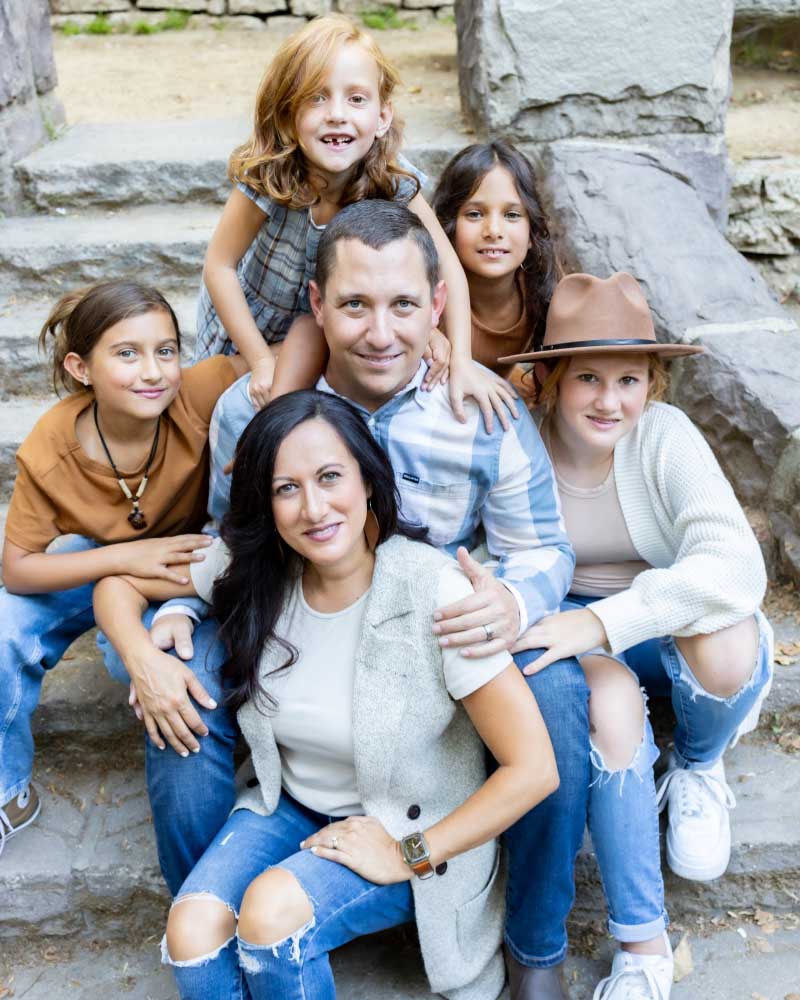
Stories From the Heart chronicles the inspiring journeys of heart disease and stroke survivors, caregivers and advocates.

